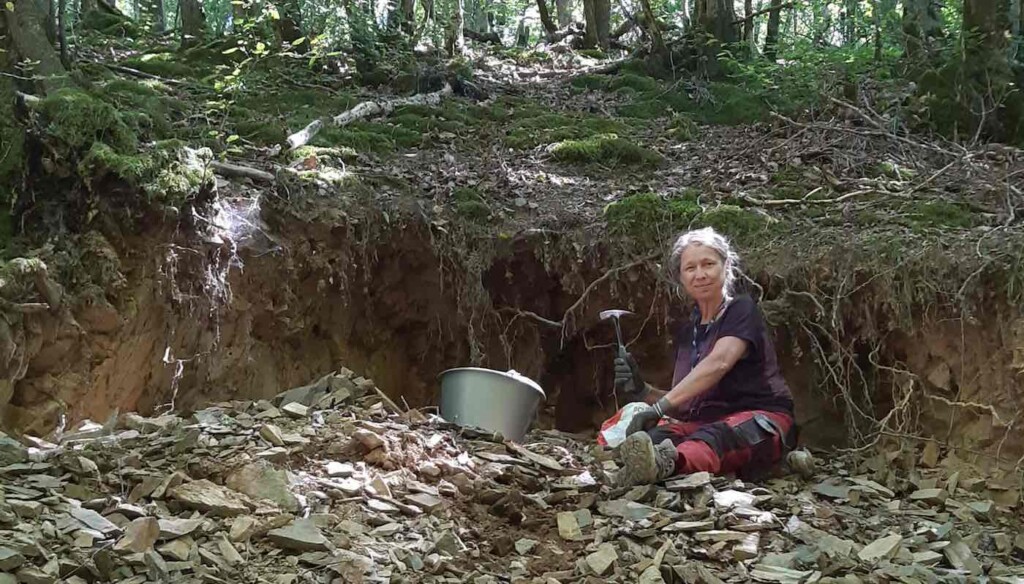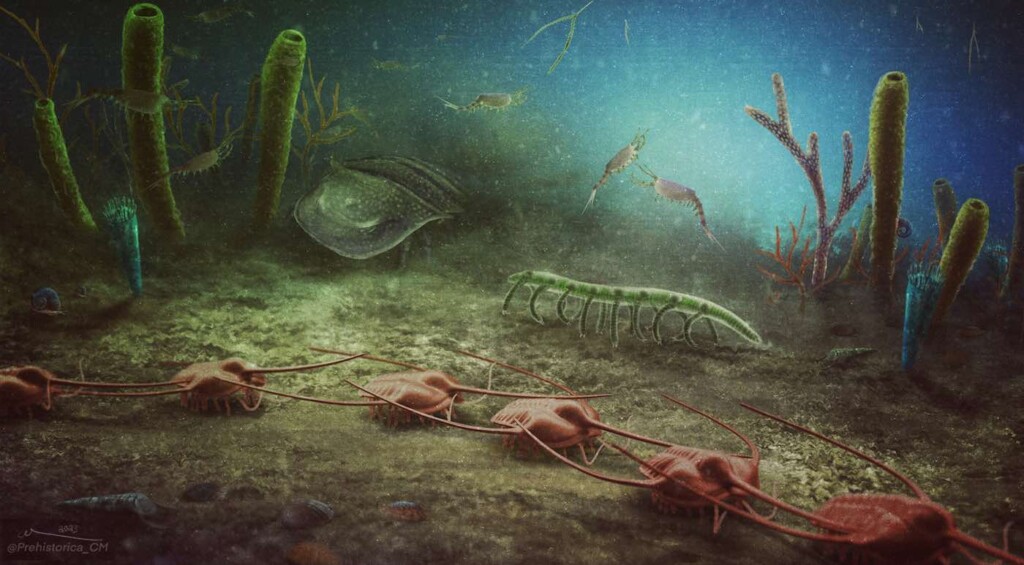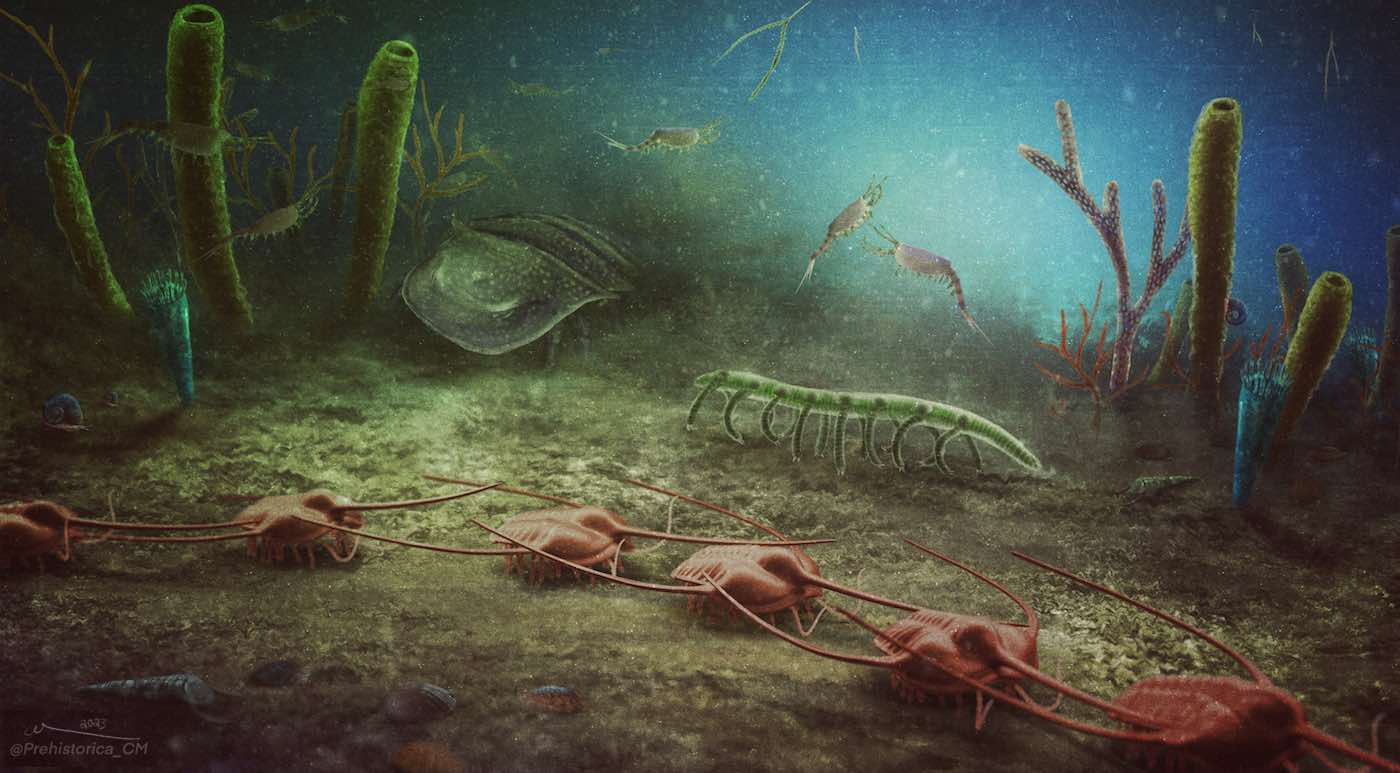
Two amateur paleontologists have discovered a site of ‘worldwide importance’ in France containing nearly 400 fossils that date back 470 million years.
The exceptionally well-preserved fossils provide evidence that this site was a place of refuge for animals escaping global warming.
The site in Montagne Noire is one of the world’s richest and most diverse fossil sites dating to the Ordovician period, which lasted for about 42 million years, during a time when southern Europe, Africa, South America, Antarctica, and Australia were bunched together in a super-continent that was moving towards the South Pole.
The amateurs who came across these fossils were over the moon when they realized the importance of their discovery.
“We’ve been prospecting and searching for fossils since the age of 20,” said Eric Monceret and his wife Sylvie. “When we came across this amazing biota, we understood the importance of the discovery and went from amazement to excitement.”
The fossils are in a remarkable state of preservation, and contain extremely rare soft elements such as digestive systems and cuticles.
AMAZING NEWS: Dinosaur Evergreens Thought Extinct for 2Mil Years Discovered by Park Ranger–the Grove is the ‘Find of the Century’
Analysis of the site, known as the Cabrières Biota, revealed the presence of arthropods (a group that includes millipedes and shrimps) and cnidarians (which includes jellyfish and corals), as well as many algae and sponges.

The site’s high biodiversity suggests that this area served as a refuge for species that had escaped the high temperatures prevailing further north at the time.
Moreover, this biota was once located very close to the South Pole, revealing the composition of Ordovician southernmost ecosystems.
“At this time of intense global warming, animals were indeed living in high latitude refugia, escaping extreme equatorial temperatures,” said lead author Dr. Farid Saleh from the University of Lausanne, in Switzerland.
DINO DREAMS: Complete Stegosaurus Fossil Found With Skin Still On in Northern China
This is only the beginning for the Swiss researchers and their colleagues at The French National Center for Scientific Research (CNRS), who published their findings in Nature Ecology & Evolution.
Using innovative methods and techniques, they aim to reveal the internal and external anatomy of the organisms, as well as to deduce their phylo-genetic relationships and modes of life in a polar ecosystem.
GIVE HOPE TO FOSSIL HUNTING FRIENDS By Sharing the Find on Social Media…




















